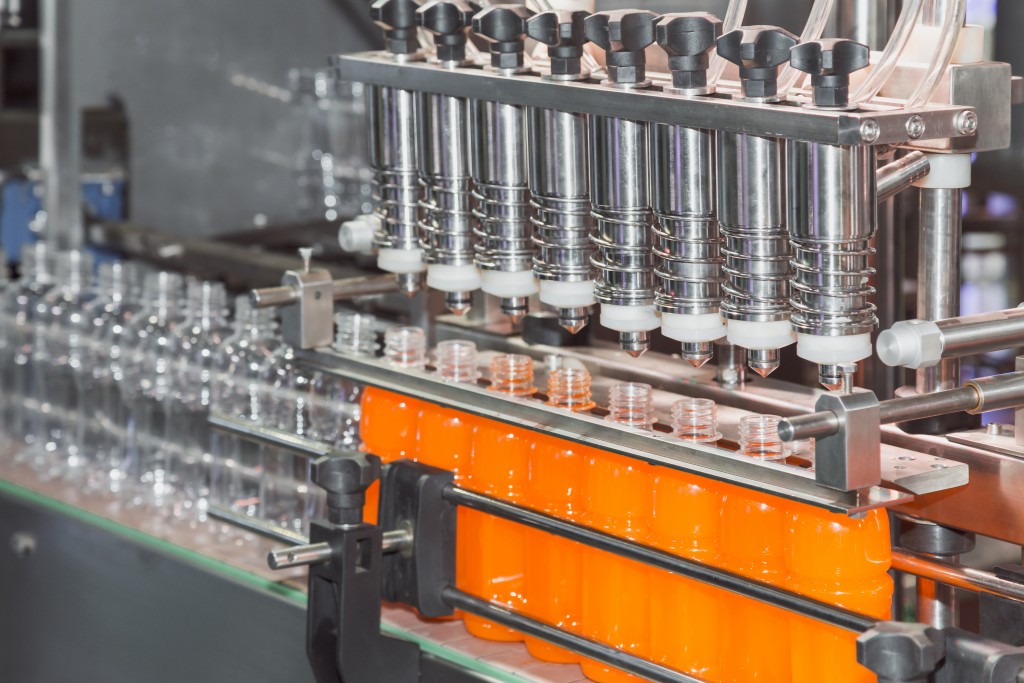Technological breakthroughs can either be good or bad, safe, or dangerous. Additionally, innovations in the world of tech do not stay there, but instead spread out and begin to influence how a wide range of industries and disciplines behave and advance on their own.
For one, smart technology is now widely used in creating cars that drive autonomously and homes that seem to have a mind and life of their own. Computers are now crunching staggering amounts of numbers and data to create an altogether new discipline called big data and analytics (BDA). It seems as though there is no stopping such advancements in technology and how largely and deeply they influence the world as we see and live it now and in the future.
As such, it’s critical to note the importance of researching technological innovations and figuring out which innovations could benefit particular industries or disciplines. If you own a food processing business, you’d be surprised to know that there are plenty of revolutionary tech products that you can adopt to transform your own.
Here are five products that are shaping the food processing industry:

- Robots. Gone are the days when our idea of robots merely revolve around Asimo and Voltes V. These days, robots are making food processing more cost-efficient and productive, as well as keeping food products hygienic and long-lasting. In Europe, for example, there are more than 30,000 robots that are working alongside humans in food processing plants. Robots are typically given tasks that are considered highly repetitive or dangerous for humans to perform, such as handling meat parts that are too difficult and dangerous to cut.
- Cartridge heaters. A cartridge heater is a relatively new technologically-advanced product with versatile applications, which include food processing. These modern heating elements are used to heat water, oil, and other liquids. Immersion cartridge-design heaters, for one, can provide watt densities worth several hundred watts for every square inch, which are perfect for time-bound food processing tasks involving water. These modern liquid heating products come in different watt densities to suit specific applications, thus making them among the rapidly emerging tech products that are seeing wide use in the industry.
- Vacuum coolers. Vacuum coolers are creating such a tidal wave of positive results in the food processing industry, specifically in keeping food fresh for extended periods. One of the good things about vacuum cooling technology is that the coolers do not use refrigerants, which only means that they are eco-friendly. Additionally, vacuum coolers can speed up the cooling process (which normally takes several times longer with traditional refrigeration products). Finally, vacuum coolers lower not just labor costs, but also energy consumption in industries where they are used such as food processing.
- ‘Green’ packaging. Today’s food consumers are becoming increasingly aware of the food that they eat to the point that they want to know if the packaging where their favorite snacks and ready-to-eat meals are safe or considered ‘food-grade’. This recent consumer awareness and concern have prompted food manufacturing companies to seek eco-friendly means of packaging the products they sell. Fortunately, the tech industry just happens to have the perfect solution: green packaging. This technological innovation in food packaging has been gaining the nod of consumers who were once skeptical about the safety of food packaging. Today, there are food packaging that one can eat while there are packaging options that are said to combat bacteria.
- Food reduction dashboard. As it turns out, American consumers are also asking how the food processing industry ensures that its food waste is being managed properly and wisely. This is likely triggered by the fact that around 40 percent of food produced in the U.S. gets thrown away even if it is still fit for human consumption. This unnecessary food wastage comes at a time when millions of people live each day without getting their hands on a decent meal, even leftovers. As a result, the technology industry came up with analytic software that can be integrated into a food business’s current data managing infrastructure.Called Copia, the software allows food industry players to establish linkages with schools, non-profit organizations, and local shelter facilities to donate their excess that would otherwise be simply dumped. The software likewise lets food business to keep track of their day-to-day inventory of food surplus, which goes to their partner institutions. This ultimately cuts down food waste produced by businesses, while their food donations allow them to get tax deductions. It’s a truly win-win solution to the food wastage problem faced by the industry as a whole.
Which of these tech innovations do you feel most strongly in favor of? How would you apply them and other tech products to your own food business?

